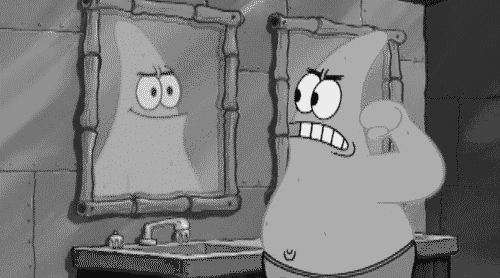With COVID-19 sticking around, most schools have been transitioning to the online classes model or at least offering online courses for the Fall of 2020.
For example, take Columbia University, Ithaca College, and New School, which recently announced to all students that it would be completely online.
Or Rutgers, Pace University, or Trocaire College, which will be primarily online, but will still offer hybrids or some in-person classes. Regardless, chances are a good majority of class this year is going to be through a computer screen.
Sure, we’ve all had the occasional one or two classes online, but what about three or four?
Here’s the ultimate online class cheat sheet.
Let’s cut to the chase

Many of the classes online now use Zoom, and actually meet, unlike some online classes of the past. This can be a good thing: social interaction with students and a chance to actually ask your teacher questions directly, but it also removes some of the flexibility of online courses.
However, one of the most important aspects is knowing how you learn best. Whether you are an auditory, visual, or kinesthetic learner will not determine if you fail in the class, but it will definitely affect your learning process.
Make it feel legit

While real school is out for some of us, we shouldn’t dismiss online classes. This means treating it as an actual class.
For example, have a place beside your bed that you use for classes. Although this may seem comfy, studying, or having class in bed can impact our quality of sleep.
This is due to conditioning, as our brains start to see our beds and think oh, time to study. Then boom, your mind is awake, because well, that’s what you trained it to do.
The solution? Do little things to show your body, hey, that this class is a real class, with real grades and important stuff to learn (or just a course requirement).
Get up, actually get changed, put away your phone, or open a folder on your computer for the class (although writing is proven to help us retain information).
It doesn’t have to be a big deal, but these little things can remind us of our objective: to pass the class.
“This is your space, this is your area”

Another great way to make it feel more legit is to find a spot to go to that you can designate a ‘study space’.
If you have a laptop, even better; try going to your backyard, or even just your front porch for class. If your situation is a bit cramped, try transforming your idea by perhaps getting headphones and using a corner of your room.
Associate the headphones with work or class, especially if you live in a loud environment. Headphones not a priority right now?
With Zoom, you can actually mute just your background noise so that it’s undetectable. Reach out to your teacher about your situation so they know prior.
We don’t all have an extra, super quiet room in our house. But that’s okay; the important thing is that you can feel focused on what’s on the screen in front of you.
Switch it up

That being said, with online courses, if you are a kinesthetic learner or a hands-on learner, you might need some extra help from sites like My GRE Exam Preparation. Or if you are a visual learner, sitting through hours of lectures, you might be stuck in the same position.
So, try some variety—whether that is creating a study group with friends, watching Crash Course on YouTube, or even doing practice problems on Khan Academy—see what sticks to your brain the next day.
And how you study plays a big role in this supplemental process. According to the Learning Center at the University of North Carolina, consistency is key.
It’s better to study for little bits of time every day, rather than a final cram session of seven hours (let’s be honest, it can be a bit unavoidable at times.)
“One of the most impactful learning strategies is “distributed practice”—spacing out your studying over several short periods of time over several days and weeks (Newport, 2007). The most effective practice is to work a short time on each class every day.”
Don’t be afraid to go a bit outside your comfort zone and explore different practices of study. It could actually help that slippy sliver of info to stick around in your head for good.
A great practice is actually reciting or attempting to teach the material you’re learning, to someone else. Saying it out loud can help you realize what area needs more focus and what parts you have nailed down.
And if you realize you don’t know it at all,
It’s not an L to need help

Ask your professor via email or hit up a student friend, or even go up and post on the discussion board that you have a question.
There is no shame in asking for help; the worst they can do, in this case, is leave you on read. A teacher or professor can answer your questions or maybe help you set up a study group, or help direct you to some good resources that might correlate with the class better.
As awkward as it may feel, try to take comfort in the fact that it’s a temporary discomfort unlike not knowing the answer a much-needed question.
There is no one-size-fits-all for how to pass the class, especially virtually. But these tips can (hopefully) help you to make the best of your online classes.










